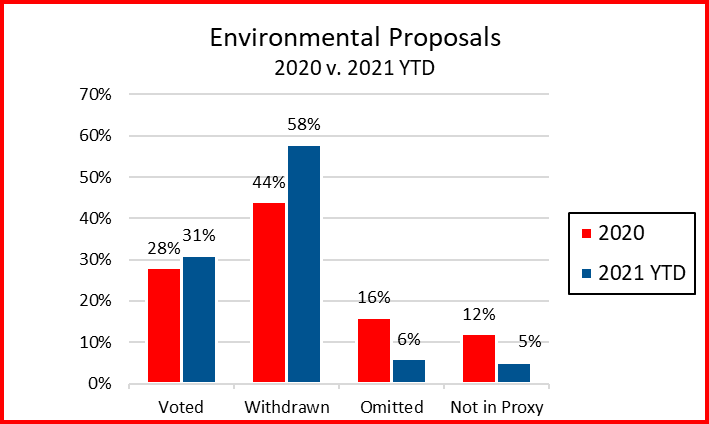John D. England is Managing Partner at Pay Governance LLP. This post is based on his Pay Governance memorandum. Related research from the Program on Corporate Governance includes Paying for Long-Term Performance by Lucian Bebchuk and Jesse Fried (discussed on the Forum here).
During a recent compensation committee meeting, the CEO expressed some level of frustration with the public discourse on including EESG (Employee, Environment, Social, and Governance) goals—specifically, DEI (Diversity, Equity, and Inclusion)—into executive incentive plans. “Our culture is all about equity, diversity, and inclusion,” she exclaimed. “Why should we be bonusing our culture?”
The impetus for the CEO’s cultural pushback was a compensation committee member’s suggestion that next year’s annual incentive plan include a 10-15% weighted factor with threshold, target, and maximum goals tied to the number of underrepresented employees in management and executive groupings by year end. The compensation committee member had heard that “everyone” was adding an EESG or DEI bonus factor to their incentive plans, so their company needed to do so, too.
Now, it wasn’t that the company hadn’t tracked diversity progress: it had for the past five years. It wasn’t that the succession planning process hadn’t been geared towards providing women and employees of color opportunities for mentorship and new development assignments: it had been doing so for a decade and was proud of their track record in developing and promoting diverse talent at all levels of the organization. And it wasn’t for wont of public recognition about the company being an employer of choice: a number of “Top 50…” and “100 Best…” lists named the company. All of this was accomplished, the CEO reminded the compensation committee, without taking away any of the focus on delivering financial results in the annual incentive plan because EESG and DEI was, and is, so much a part of the company’s culture.
READ MORE »

